Think about your favorite picture books. Lyrical text. Gorgeous or whimsical art. Endings that make you smile, sigh or shriek with delight. And something else – satisfaction. A satisfaction that makes you want to read them again and again and again.
But a brilliant rhythm won’t guarantee satisfaction. Nor will page after page of laugh-out-loud humor. And, as much as I revere illustrators, I doubt that even gallery-worthy, award-winning art alone would generate that “read it again, please” feeling … without the story and its reader making an emotional connection.
As kidlit agent Ammi-Joan Paquette says:
“It’s not enough to have a wild and wacky premise. There also has to be some deeper core to the story that connects with readers on its most basic level. I’ve heard them described as the “universal child emotions” that need to be represented for the story to fully hit its mark.
Now, please note we’re not talking about morals or lessons or message here. What we are talking about is theme, subtly underlaid, weaving throughout the text and supplementing the story.
The list of universals is endless: love, friendship, overcoming fears, trying new things, getting along with others, sibling rivalry, leaving someone or something you love, sickness, loss. It’s as long as life itself, and honestly? The simpler the better.” – (From Tara Lazar’s “Writing for Kids While Raising Them” Blog at http://taralazar.com/tag/a-j-paquette/)
Simple and “subtly underlaid” – for writers, that’s the hard part. Especially if your main characters are a little girl and a squash. Perhaps no one would understand the hard work better than my guest today, Pat Zietlow Miller. 
Pat is the author of the highly acclaimed picture book – just released this week – Sophie’s Squash.
This season-spanning turn with high-spirited Sophie offers endearing lessons about nurture and regeneration. – Kirkus
Miller’s easygoing storytelling taps into the familiar scenario of children making fierce attachments to favorite objects. – Publishers Weekly
Countless stories exist about girls’ exploits with their dolls or stuffed animals. Few, if any, feature healthy produce. But the tale of Sophie and Bernice is charming and even suspenseful as the title character reluctantly realizes that her squash will not last forever. – School Library Journal
This is a paean to love and friendship, which can come in all species, shapes, and sizes. — Booklist
Today Pat stopped by to share with us her journey to creating the emotional connection – that made us love Sophie, love her squash and love their story. Welcome, Pat!
I have three things to say in response to Ammi-Joan Paquette’s insightful quote:
1. I think she is absolutely, positively right. As she usually is.
2. The best picture books do have a universal truth. It’s that feeling or memory that tugs at your heart and doesn’t let go. The thing that makes you want to read them again and again and again.
3. And while the best universal truths are simple, incorporating them into your story can be tricky. It’s too easy to be sappy or corny or heavy-handed. Or to forget them altogether.
Here’s how things went down with Sophie’s Squash. I’d like to say that I was very thoughtful and, you know, literary, when I wrote the story. Or that I spent time wisely pondering how best to incorporate a universal childhood truth, but alas, I cannot.
Instead, things proceeded a little haphazardly. After all, it was early in my writing career. I don’t remember exactly, but the process went something like this:
My first draft was funny and sweet, but lacking a certain depth. Sophie met Bernice, became her best friend, and eventually, convinced her parents she needed even more squash as friends. It ended with a trip to the grocery store. Of course, I did not realize I was missing a universal truth at the time. I just knew I was getting rejections with the occasional “Cute, but not right for us” written in the margin.
Soon, I realized the story needed emotional weight. At least, that’s what I called it. So Sophie met Bernice and loved her and then was very sad when Bernice began to rot. It ended when Bernice expired and her seeds grew two new squash. The last line was something like, “Wait until the kids at story time see this!”
The breakthrough came when I focused more on the love that drove Sophie’s actions and less on the humor, although the story is still funny. I ended up with two universal truths. First, that everything is worthy of love – even something, like a squash, which others might not look at twice. (Think of the prince’s devotion to his rose in The Little Prince.) And, second, that the things we truly love often can return to us in unexpected ways. (Think of The Velveteen Rabbit or Charlotte’s Web.) The line in the book, which I used early on and then returned to again in the final ending, describes Bernice as “just the right size to love” which basically sums up the heart of the story.
My youngest daughter inspired the story by falling in love with a butternut squash of her own. She was also very devoted to a stuffed pig and a tattered blue blanket, and I used her dedication as a model for Sophie’s.
Even though I didn’t start out writing this story with my universal truths in mind, finding them helped the story be all it could be. Now that I’m smarter, I look at my stories in progress and ask:
· What feeling in this story could almost anyone relate to?
· What’s the main emotion this story is trying to convey?
Based on those answers, I sometimes create a list of words I refer to when I’m writing and stuck about where to go next. They help me remember my goal and make choices that support it. And I’m fairly certain they save me a lot of rewriting later on.
I wouldn’t say I have many secret tactics as a writer, but those lists are probably one. If my list says “warmth, family, tradition, safety and love” I’m going to make different choices than if my list says “fear, anxiety, confusion and decisions.”
In the movie A Few Good Men, Jack Nicholson is famous for snarling, “You can’t handle the truth!” But if you want your picture book to succeed you need to know your truth and be able state it clearly.
Thanks for having me on your blog, Jean!
You can find out more about Pat, Sophie’s Squash and her other upcoming books on her website at http://patzietlowmiller.com/
Here’s a preview:
SHARING THE BREAD – A lyrical celebration of food and family and togetherness as seen during one down-home Thanksgiving dinner. Jill McElmurry illustrates. (Schwartz & Wade, Fall 2015).
WHEREVER YOU GO – A poem about all the different paths you can take in life. Eliza Wheeler will illustrate. (Little Brown, Spring 2015).
THE QUICKEST KID IN CLARKSVILLE – The story of a little girl in 1960s Clarksville, Tennessee, who dreams of being the fastest girl in the world – just like her hero, sprinter Wilma Rudolph, who made history as the first woman from the United States to win three gold medals at one Olympics. (Chronicle Books. Release date TBD).




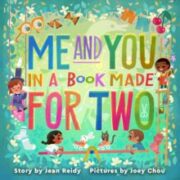
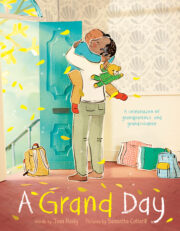
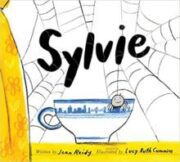
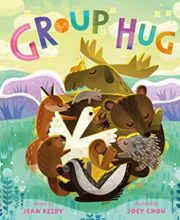


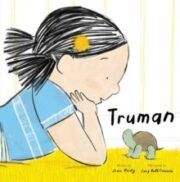


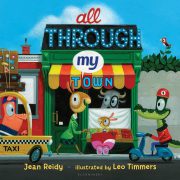
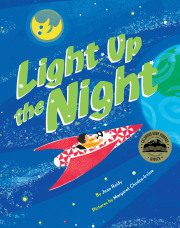
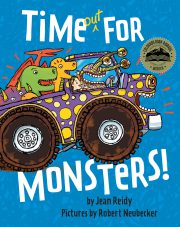
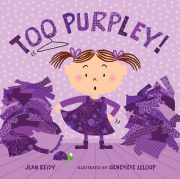
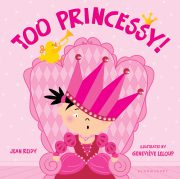

Pure wonder! I cannot wait to read Sophie's Squash. Thanks Pat for sharing the depths of your storybook. And thanks, Jean, for your blog post!!
Sophie's Squash sounds really delightful. And I don't think I've read any pic books w/quite that premise- so even better!
Wow — this is so insightful! I love getting a glimpse into the iterations this book has been through. <br /><br />And I love reading the reviews! It's good to see "healthy produce" getting the character arc it deserves! :)<br /><br />
This entire interview is a huge help to me. Thank you, thank you. I often struggle with putting funny before emotional weight but you are correct; that underlying theme is the true pulse of story. <br /><br />Sophie's Squash is soon to be wrapped and ready for my daughter's birthday.
I love Pat's suggestion of a word list that I can refer to as I write!<br /><br />Can't wait to read this lovely tale.
This sounds like a wonderful picture book! What a unique story.